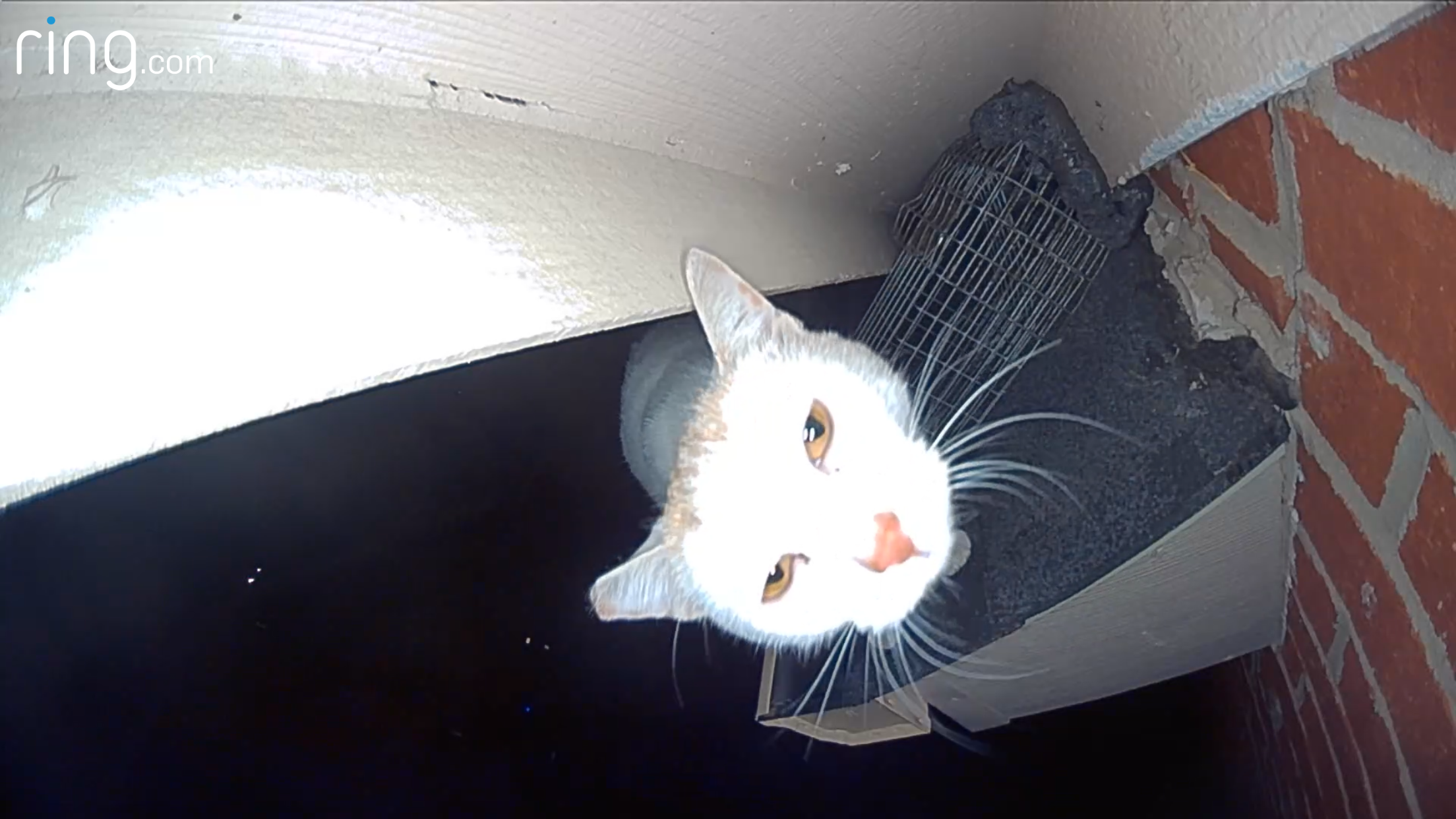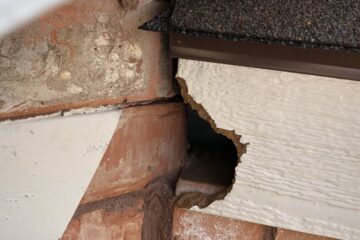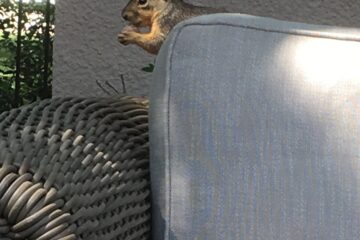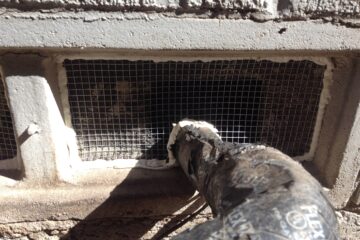When implementing rodent control measures, it is important to consider the safety of your pets. While addressing a rodent infestation is necessary for a healthy living environment, it is equally crucial to take steps to protect the well-being of your furry friends. By following pet-friendly rodent control practices, you can effectively manage rodent issues while ensuring the safety of your pets. In this article, we will discuss how to maintain a balance between rodent control and pet safety.
- Choose Pet-Safe Control Methods:
When selecting rodent control methods, opt for pet-safe options. Avoid using rodenticides or traps that pose risks to your pets. Here are some pet-friendly rodent control methods:
– Humane Traps: Choose live traps that capture rodents without harming them. These traps allow you to safely release the captured rodents in a suitable location away from your property.
– Natural Repellents: Some natural substances, such as peppermint oil or vinegar, can act as deterrents for rodents without posing risks to pets. Use these natural repellents in areas where you want to discourage rodent activity.
– Physical Barriers: Implement physical barriers, such as wire mesh or metal flashing, to prevent rodents from accessing pet areas or spaces where your pets spend time.
- Securely Store Rodenticides and Traps:
If you need to use rodenticides or traps, ensure they are stored securely and out of reach of your pets. Place them in areas that are inaccessible to your pets, such as high shelves or cabinets secured with childproof latches. Keep an eye on the traps to prevent accidental pet exposure or ingestion.
- Consider Pet-Friendly Bait Stations:
If you must use bait stations, choose pet-friendly versions that are designed to minimize the risk of pet exposure. These bait stations have openings large enough for rodents to enter but are too small for pets to access. Place the bait stations in areas that are inaccessible to your pets, such as behind appliances or in confined spaces.
- Supervise and Restrict Access:
During the rodent control process, supervise your pets and restrict their access to treated areas. Keep them in separate rooms or use pet gates to prevent them from entering areas where rodent control measures are being implemented. This will minimize the chance of accidental contact with traps or rodenticides.
- Communicate with Pest Control Professionals:
If you decide to seek professional pest control services, inform the technicians about your pets. They can take additional precautions, such as using pet-safe products or advising on temporary pet relocation during treatment. Professional technicians experienced in pet-friendly practices will work with you to minimize risks to your pets.
- Regularly Clean and Sanitize:
Maintain cleanliness in pet areas and throughout your home to discourage rodent activity. Regularly clean food and water bowls, promptly clean up spills or crumbs, and properly store pet food in sealed containers. By eliminating potential food sources, you reduce the attractiveness of your home to rodents.
- Monitor for Signs of Rodent Activity:
Be vigilant for any signs of rodent activity in areas where your pets spend time. Keep an eye out for droppings, gnaw marks, or signs of nesting. Early detection allows for prompt action and prevents the infestation from worsening, safeguarding the health of both your pets and your family.
Rodent control and pet safety can go hand in hand with proper planning and consideration. By choosing pet-friendly control methods, securely storing rodenticides and traps, supervising and restricting pet access, and communicating with pest control professionals, you can effectively manage rodent issues while ensuring the safety of your pets. Regular cleaning, monitoring for signs of rodent activity, and implementing preventive measures will help create a pet-friendly environment free from rodent infestations. By prioritizing both rodent control and pet safety, you can maintain a healthy and harmonious living space for you and your furry friends.




